 |
 |
 |
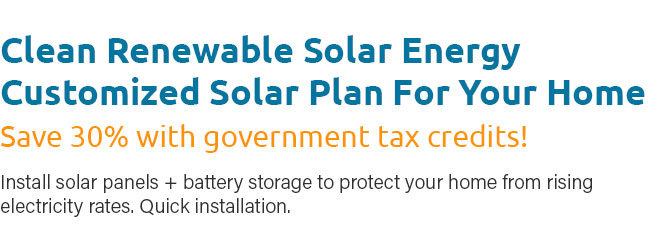 |
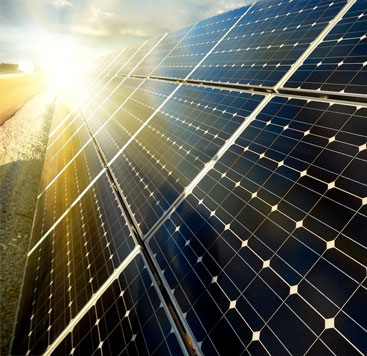 |
 |
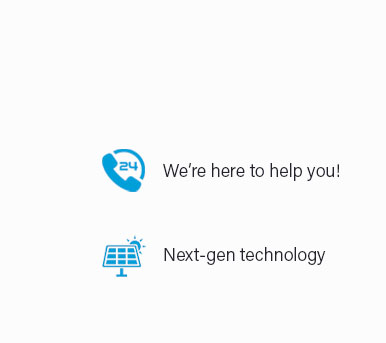 |
 |
 |
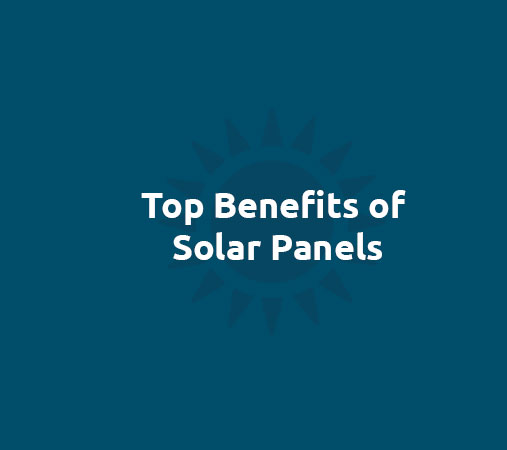 |
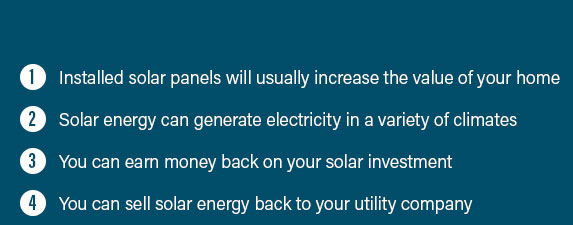 |
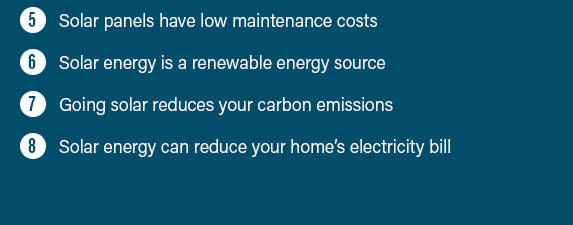 |
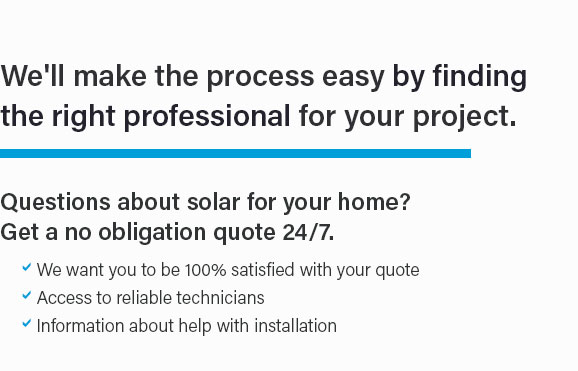 |
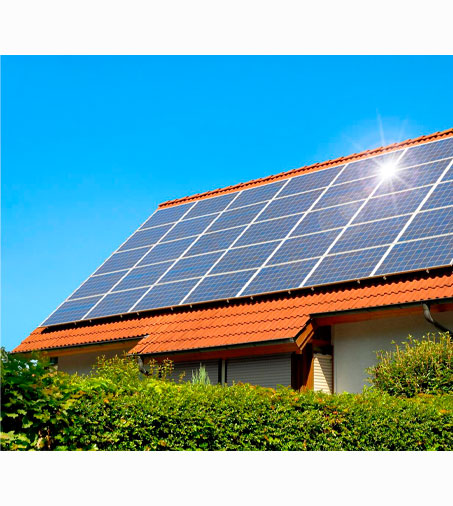 |
|
 |
 |
 |
|
Unlock the power of the sun with our unrivaled solar panel and inverter installation services; get your personalized solar panels installation quote today and join the clean energy revolution-experience seamless integration, unmatched efficiency, and long-term savings as our expert team transforms your home or business into an eco-friendly powerhouse, proving that sustainability doesn't just make sense, it makes dollars; don't wait, harness the future of energy now with confidence and clarity.
https://a1solarstore.com/blog/how-to-connect-solar-panels-to-inverter-and-battery-in-3-steps.html?srsltid=AfmBOoo1l7PBwAspTrMQ4zNTS7DEoGAUzeO74oXDweSEmO8U3eZsxq74
Step 1: Connect charge controller to batteries - Step 2: Connect charge controller to solar panels - Step 3: Connect battery to an inverter. https://www.youtube.com/watch?v=1kz1c-rZsDk
How to Install Solar Inverter | Off-grid Solar Power System | 12V Battery | 100W Panel. 1.4M views 4 years ago #solar_Inverter #DIY #Off_Grid https://www.renogy.com/learn-system-setup/?srsltid=AfmBOop62dyRcuQ1cIrwctkfrQSLElUS2AwuNXKwz-QL5DDfor5frBYq
System Set Up - Step 1: Hook up the battery to the charge controller. - Step 2: Connect your solar panel to your charge controller. - Step 3: Hook up your inverter ...
|